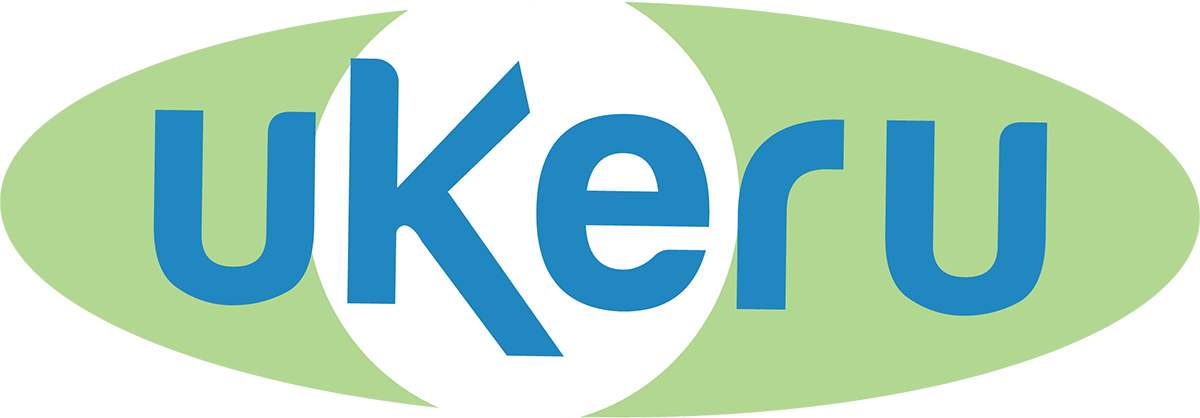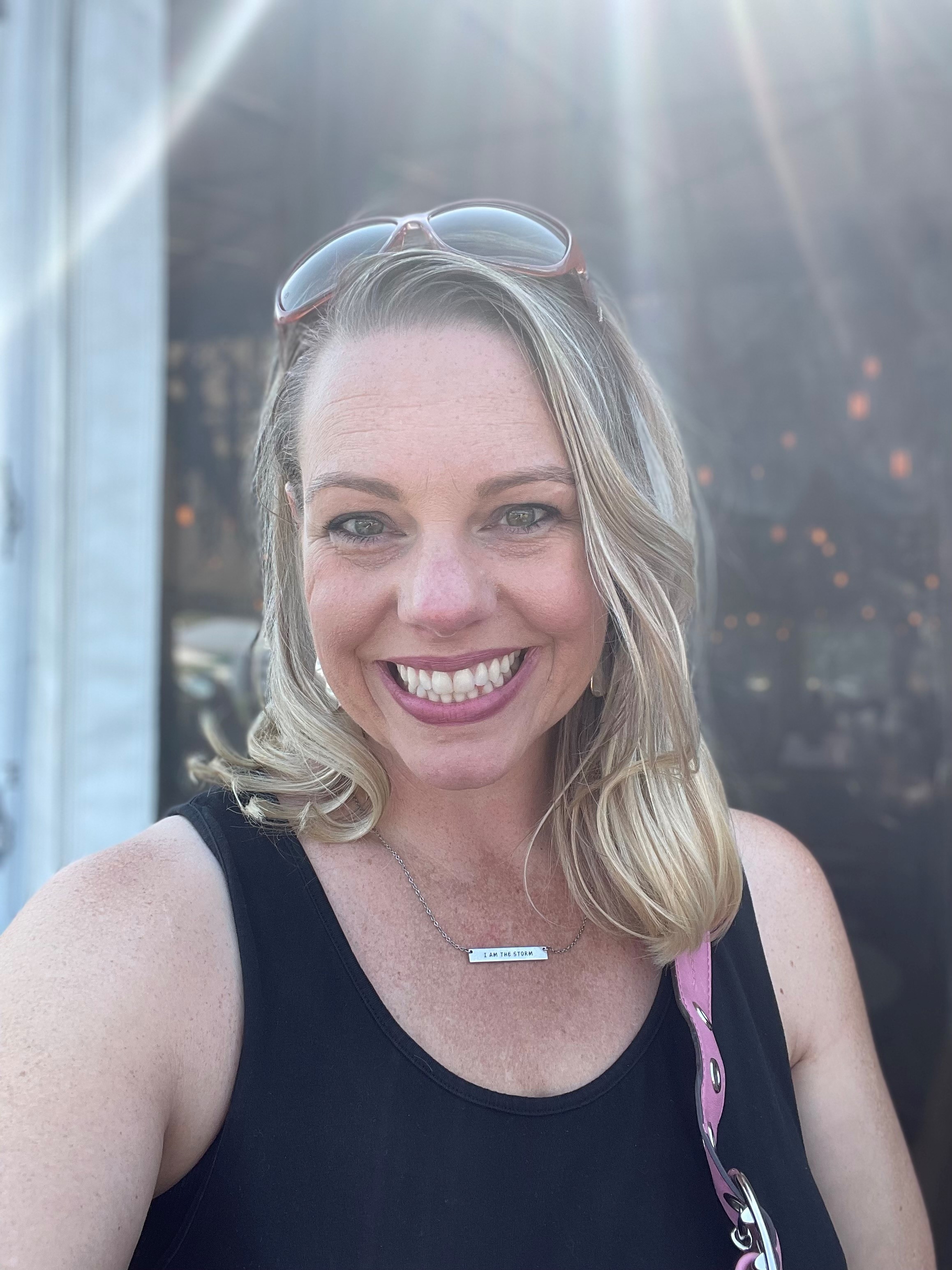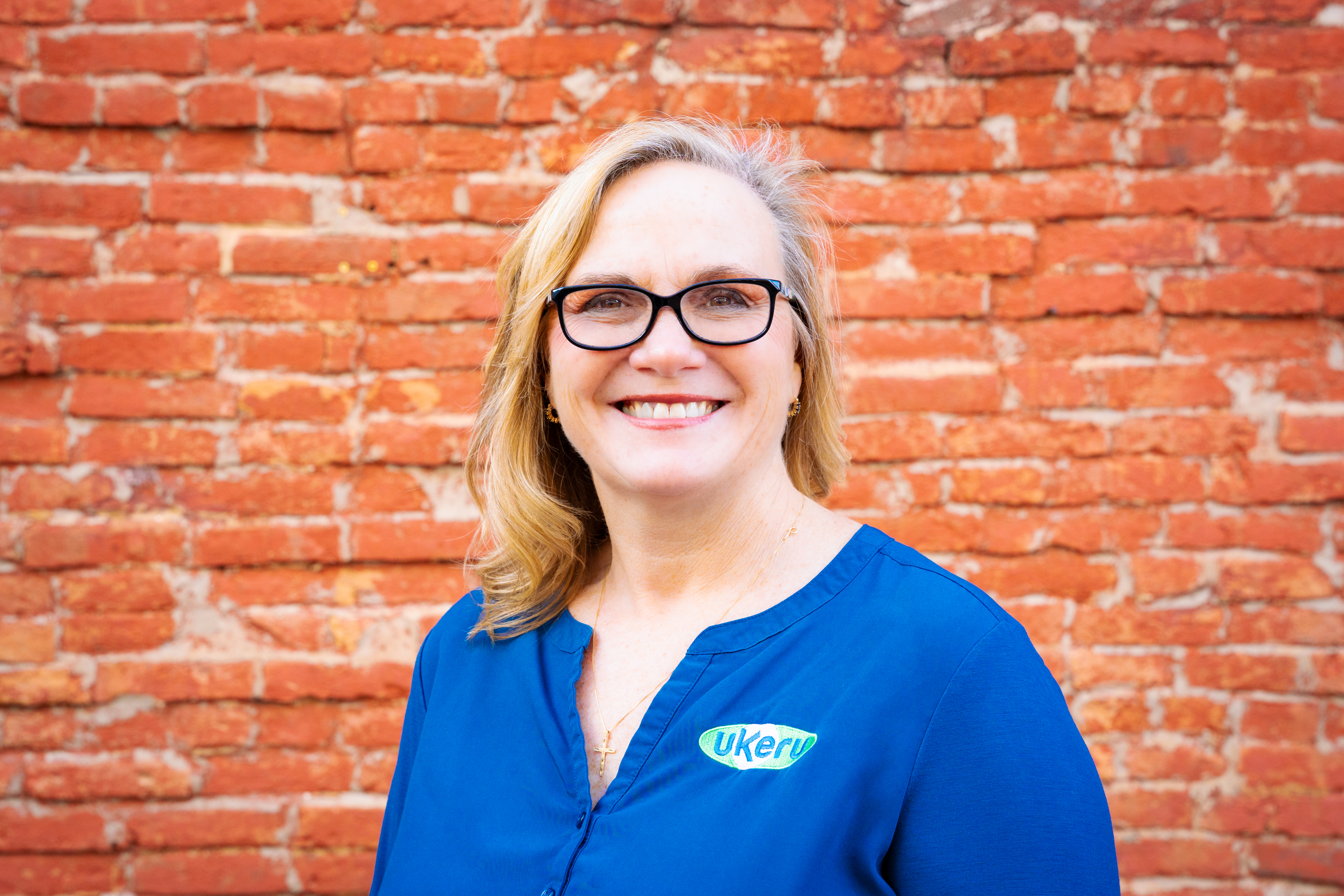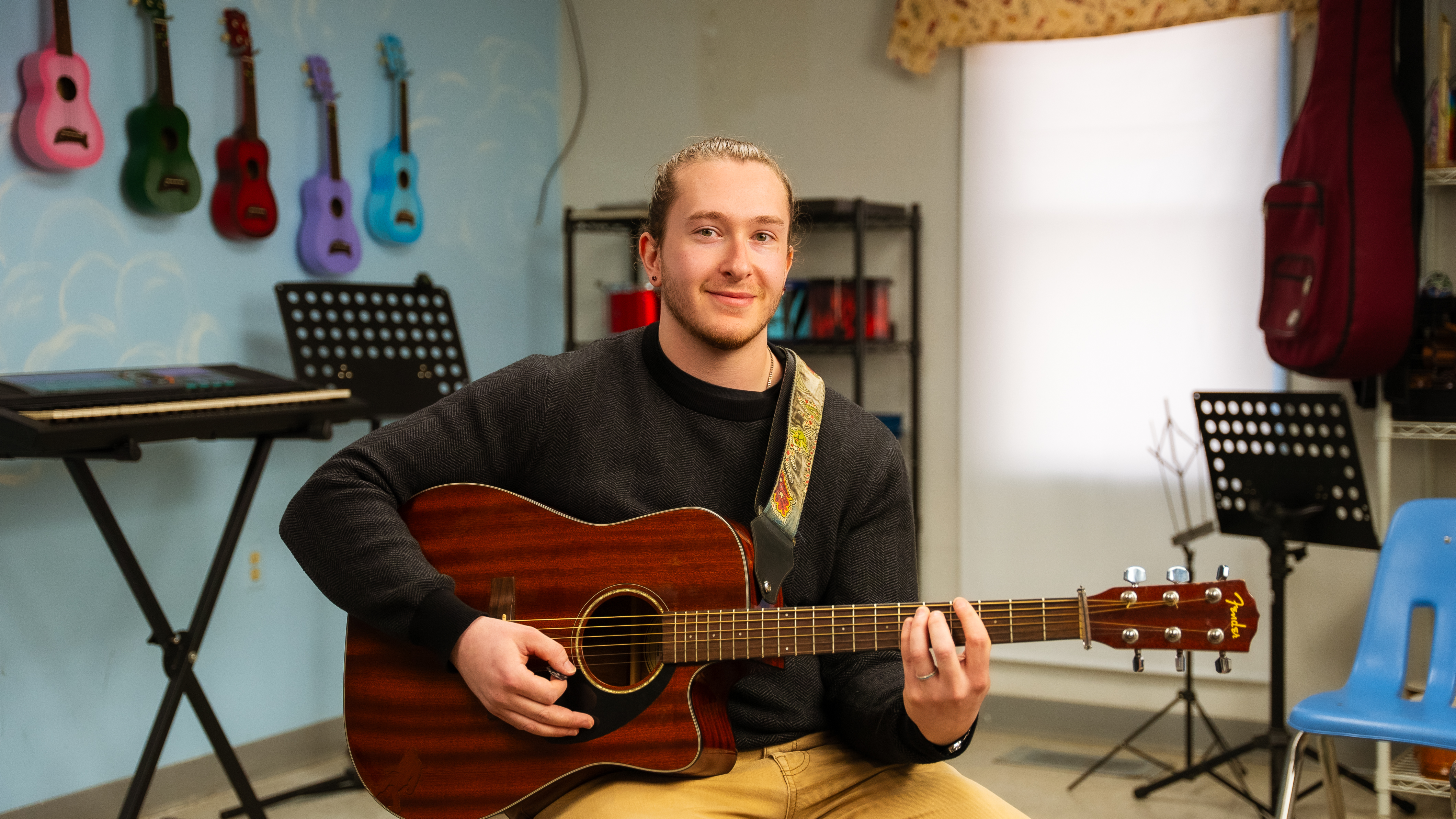Thank you to all that attended our last webinar, Reducing Restraint & Seclusion in the Millcreek Township School District. We had so many questions, we didn’t have time to answer them al! But we don’t want that to stop a great conversation. We asked the wonderful team at Millcreek, Ed Nientemp, Director of Pupil Services, and Kate Barbaro, Special Education Supervisor, to answer your questions in a blog post.
Please find the answers to all the submitted questions below. And keep them coming! We are eager to continue the discussion. If we’re lucky, perhaps Ed and Kate will agree to come back for a follow up webinar in the future!
Q: Can you tell me more about the populations at your schools?
A: Millcreek has 7,000 students in kindergarten through 12th grade with 1100 students needing special education. To accommodate that population, we have nine autism support classrooms and 11 emotional support classrooms. We primarily implemented Ukeru in the autism and emotional support classrooms.
Q: How long did it take to de-escalate a student using the Ukeru approach versus using the prior crisis management approach?
A: That’s a great question. Because every child or student is different, the de-escalation time varies. It can be as quick as two minutes or as long as two hours. Generally speaking, this method does take longer to de-escalate a situation than our previous crisis management approach simply because we were quick to restrain before learning about Ukeru. However, we have noticed a general trend where the time it takes to decrease each individual student with Ukeru is decreasing the longer we continue to implement the method.
Q: To what degree is the Ukeru approach dependent on effective communication with the student who is in crisis? I am currently experiencing many student and staff injuries due to students who bite. Did you have this experience?
A: Effective communication is important, but relative. Many of our students have limited verbal skills. Bites have not been too much of a problem here. Our injuries and comp claims decreased when we moved to Ukeru.
Q: Do you think this would be successful in a large school setting where all students are exhibiting behavior (100+) students?
A: 100% YES!
Q: Can you clarify what you mean by seclusion? Is this different than time away or a time out space?
A: We define seclusion as placing a student alone in a locked or closed off area. We never use seclusion due to its trauma effects.
Q: In relation to your decrease in restraints, how does the use of confinements/seclusions resonate in your district?
A: Our data supports that all other time outs and time aways in our district have decreased since implementing the Ukeru method. More students are staying in the learning environment. We attribute this to the trauma informed care training.
Q: How many staff is trained? Are they special education or general education? Are other staff or faculty trained?
A: We have 20 special education teachers, 40 para-professionals, five principals, two school psychologists, and four guidance counselors. All are trained on and using Ukeru.
Q: Have you since informed families about this change?
A: We have informally discussed our new system for the families of students who require extra support. Nothing formal yet, but that’s a good idea!
Q: How did the students respond to the soft blocking pads instead of restraint?
A: It has quickly become part of the culture. The pads have really become a “natural” part of the environment in our classrooms. Some students will ask to hit or kick the shields, and, if this works to help them de-escalate, we let them. Thanks to this system, students no longer are being restrained.
Q: Are you incorporating the Ukeru approach into the behavior intervention plans for students who are likely to be in crisis or otherwise putting it into their individual education plans (IEP)?
A: It is not part of the behavior plan, but rather a part of the crisis plan. We have a policy that requires staff to utilize de-escalation and Ukeru prior to consideration of restraint.
Q: Has there been an increase in moving children out of this least restrictive environment (LRE) since Ukeru has been introduced?
A: Absolutely not. We do a great job keeping students in the (LRE). The Ukeru method is actually increasing LRE opportunities for our students. In our experience, it is much more socially valid than restraint.
Q: While using the blocking items, do students sometimes find it fun and/or a game?
A: Yes! Having the pads around is much less of an issue than we anticipated. With specific students who do find it a game, we meet and strategize with the teachers and staff to support. It helps to have the pads a part of the classroom and used for other purposes such as to rest on, as a divider, make a fort, etc.
Q: In using functional behavior assessments (FBA) and applied behavior analysis (ABA) principles, how do you deal with an attention-maintained behavior when the student is reinforced by the interaction of the blocking?
A: We deal with that on an individual basis. The same student is likely to be reinforced by a restraint. Antecedent manipulation and principles of reinforcement must be strongly considered in cases like this. The teaching of replacement skills is critical.
Q: Have you needed to utilize law enforcement services to deal with aggressive behavior?
A: Not for students in the classrooms where we implemented Ukeru.
Q: Does the school system pay for sending students to other facilities if they can’t be served in public school?
A: The school district is required to pay for every resident’s free appropriate public education. If the district determines that a student needs to be in a separate facility, the district must pay. Also, if a student is assigned to a facility by Office on Children and Youth, the Department of Public Schools or their county, they become a resident at the facility. Again, the district is required to pay for the educational component.
Q: How do you manage self-abuse and/or AWOL behaviors?
A: Self-abuse is handled with strategic blocking and the use of protective equipment/clothing. You’ll learn safe turns for AWOL during your Ukeru training.
For even more on Millcreek’s experience in using Ukeru, read this interview.




